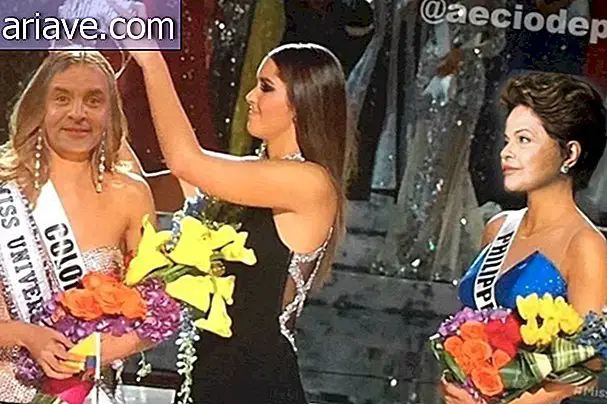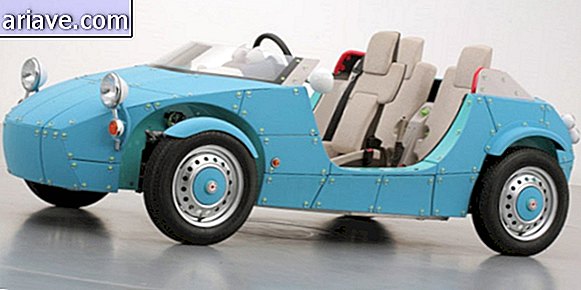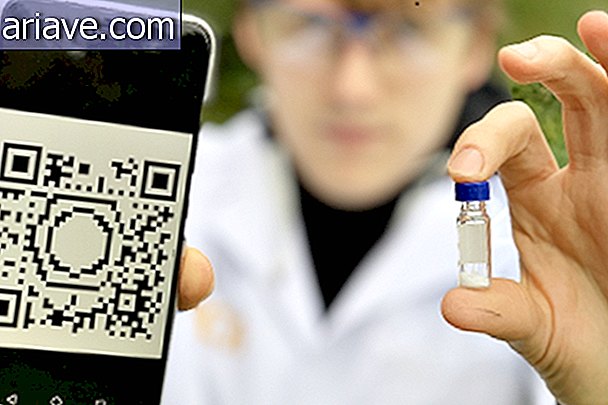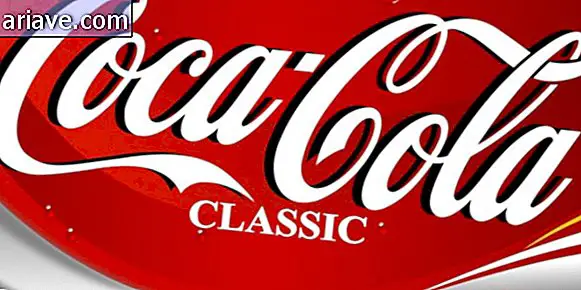Physics Nobel Prize winner 2019 helped explain 'evolution of the universe'
As it happens every year, committees of the Royal Swedish Academy of Sciences award prestigious Nobel Prizes - one of the most important recognitions granted to individuals or institutions for their discoveries, advances and contributions to humanity. Announcements of this year's winners are taking place this week and we already know who took those in Medicine, Physics and Chemistry.
Physical
Starting with the Nobel Prize in Physics. The prize was awarded to James Peebles, Michel Mayor and Didier Queloz, with Peebles receiving the prize for their research on the evolution and structure of the universe, and the other two, Mayor and Queloz, for being responsible for discovering the first exoplanet in history. .
Canadian James Peebles was recognized this year for predicting the discovery of "Cosmic Background Radiation" - consisting of electromagnetic waves at the frequency of microwaves that spread throughout the cosmos when the universe was a little baby of only 400, 000 years.
For its existence has been confirmed with the use of radio telescopes and this radiation holds information about what the cosmos was like after the Big Bang and how it evolved over 13 billion years. Indeed, it was thanks to Peebles's work in cosmology that scientists were able to determine what the universe is made up of and to establish that only 5% of its content is known (the remaining 95% corresponds to matter and dark energy).

Michel Mayor and Didier Queloz were awarded for the discovery of exoplanet 51 Pegasi b in 1995, a gaseous planet with a mass 150 times higher than Earth and which has temperatures of 1, 000 degrees Celsius. This warm world is 50 light years away from us in the Pegasus Constellation, and has been identified by the pair using a technique called “Doppler Spectroscopy” that measures small oscillations in stars - caused when there is a planet. in orbit around it, changing the system's center of gravity.
In fact, the pair spent several years trying to prove that what was actually observed was an exoplanet and since then more than 4, 000 of these worlds have been identified. The cool thing is that, from studying these distant stars, scientists not only broadened their knowledge of the formation of planetary systems, but began to look differently at the search for extraterrestrial life forms.
Medicine
The Nobel Prize in Medicine was awarded to the trio of William G. Kaelin Jr., Peter J. Ratcliffe and Gregg L. Semenza for their discoveries in how cells perceive oxygen availability and adapt to variations. It may sound simple, but their work can lead to new treatments for a variety of health problems, including anemia and cancer, as well as the development of therapies to prevent heart attacks and strokes.

More specifically, the trio's discoveries are associated with the process that allows our cells to notice the amounts of oxygen circulating in the body and determine what to do when levels drop.
Thus, when this element is lacking, cells mobilize and respond by producing more red blood cells or generating more blood vessels, for example. Well, knowing how these mechanisms work can allow the creation of the treatments we mentioned and even result in the development of drugs that promote nerve cell regeneration in people who have suffered spinal damage.
Chemistry
The Nobel Prize in Chemistry went to the trio of scientists John B. Goodenough, M. Stanley Whittingham and Akira Yoshino for the development of rechargeable lithium-ion batteries - those that are present in electronics we use every day and are part of our lives, like cell phones, notebooks and cameras, for example.

The development of the revolutionary battery began with Whittingan, which created the first functional lithium battery in the 1970s. Goodenough's work later allowed the device's potential to be doubled and thus made it much more powerful. Finally, it was Yoshino's turn to contribute to the development of the battery - by replacing pure lithium with ions of this element that, in addition to being safer, allowed the battery to finally become commercially viable.
***
This Thursday (10) will be announced who will take the Nobel Prize for Literature, Friday (11), the Peace, and on Monday (14) who will receive the prize for Economics.
Physics Nobel Prize winner 2019 helped explain 'evolution of the universe' via TecMundo











